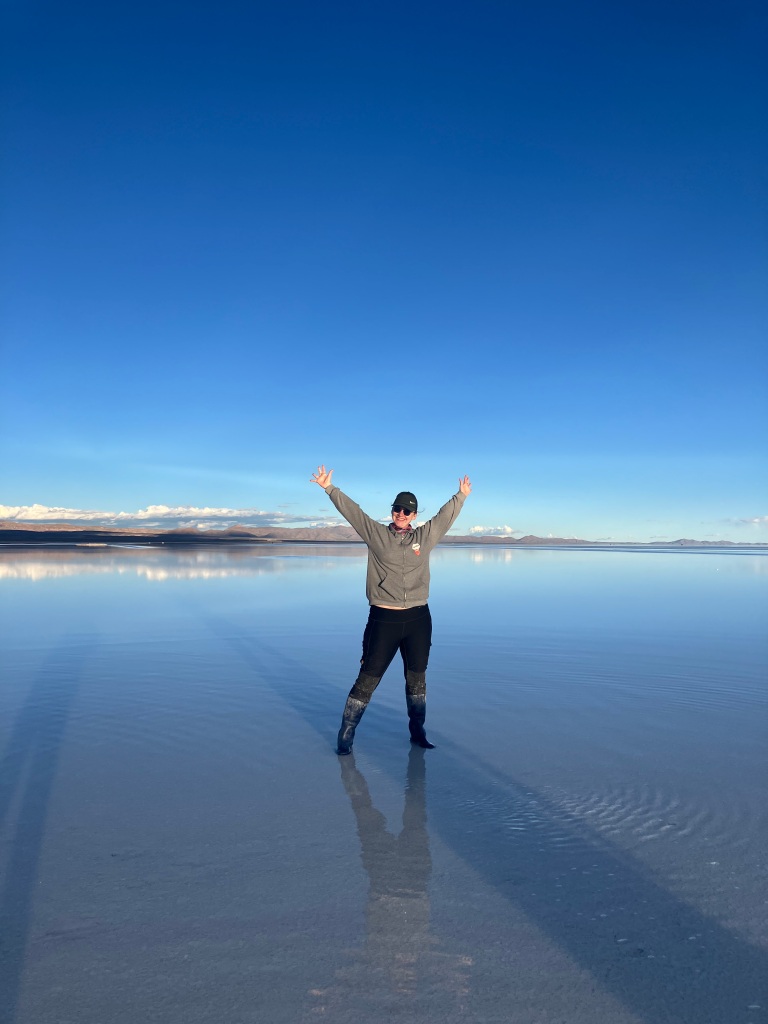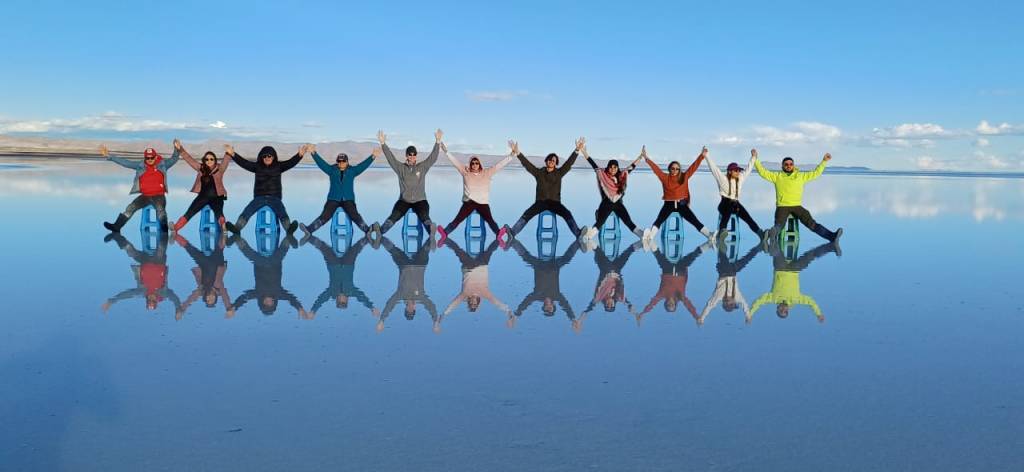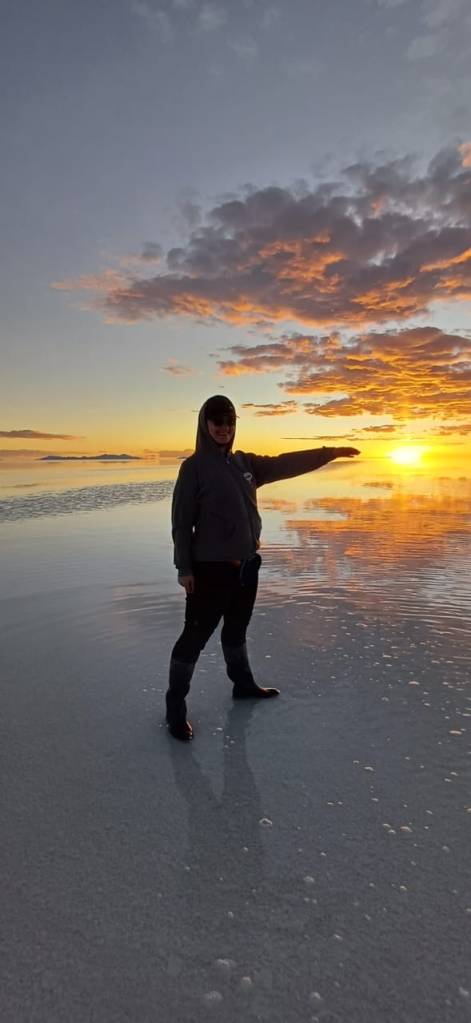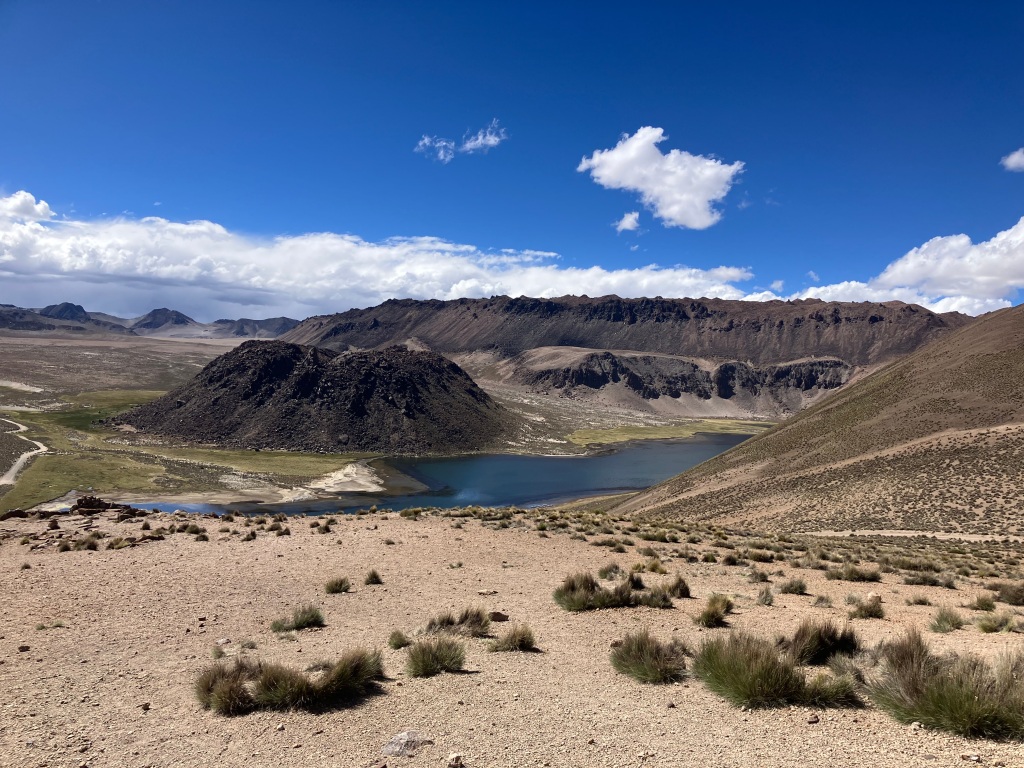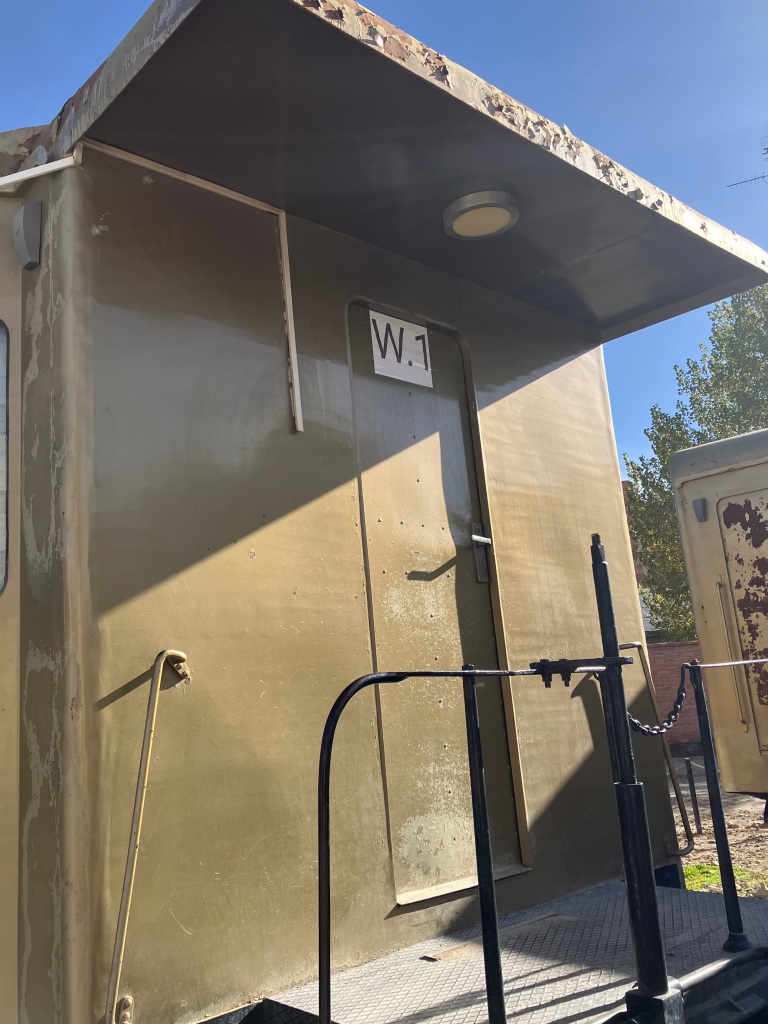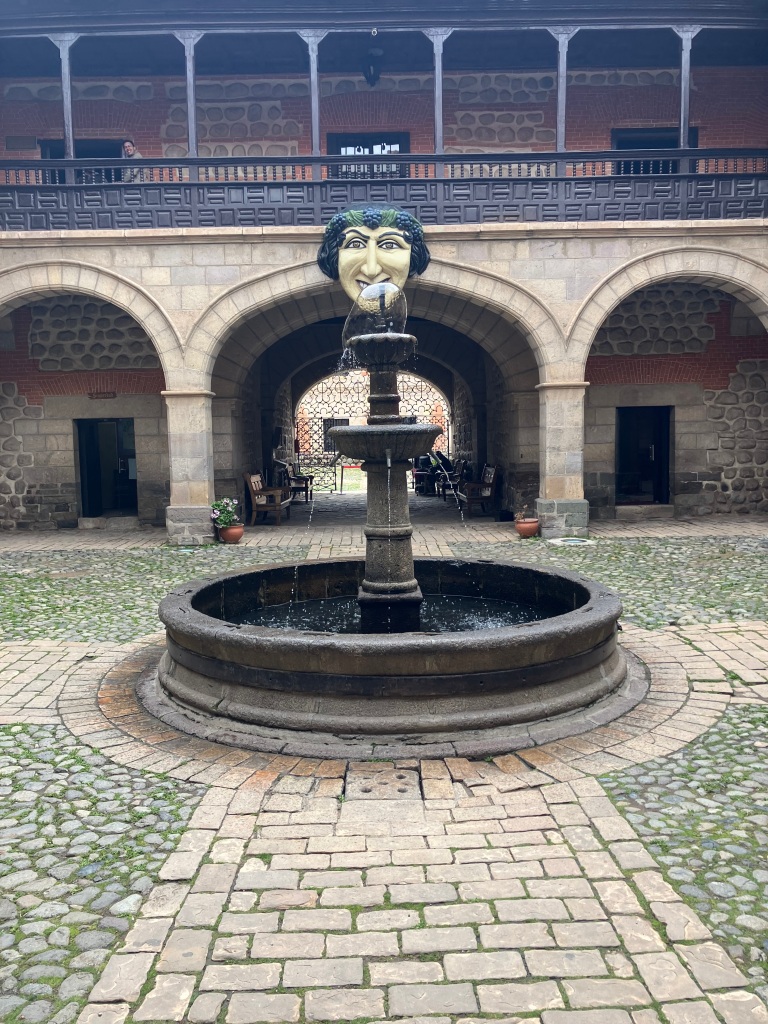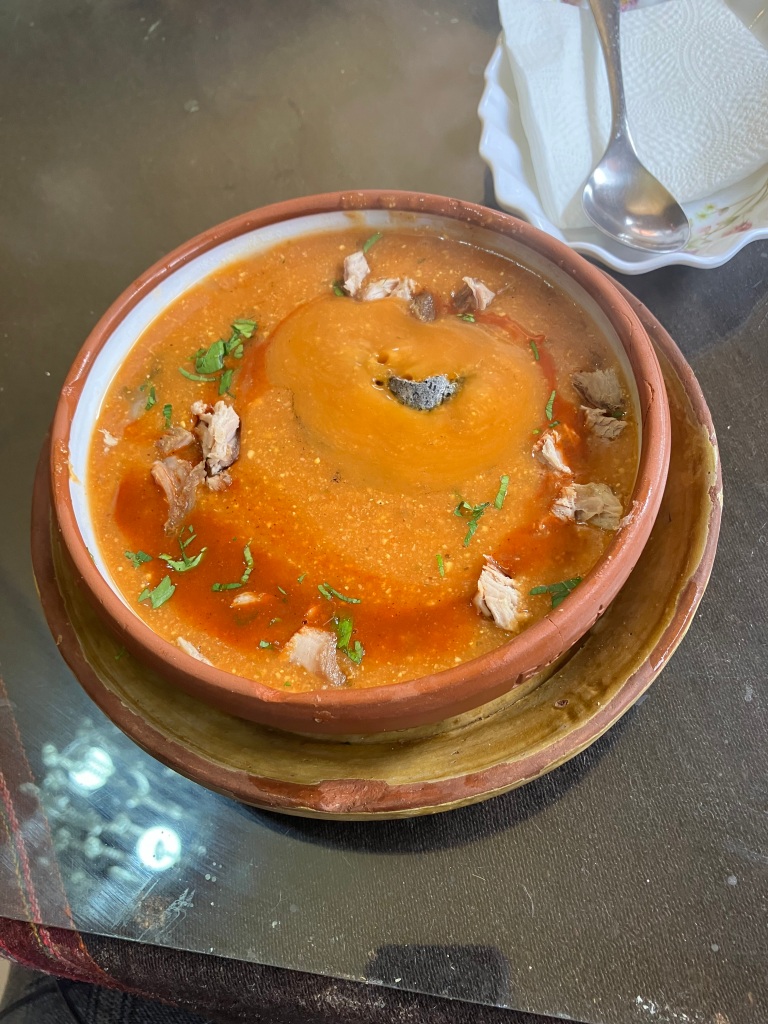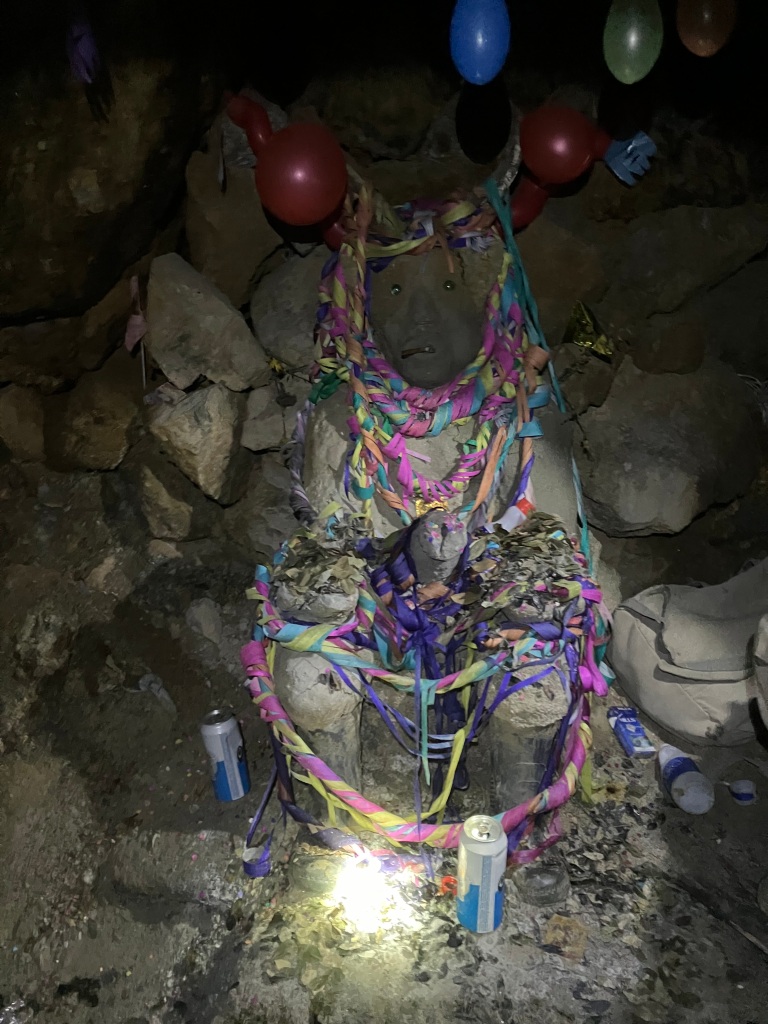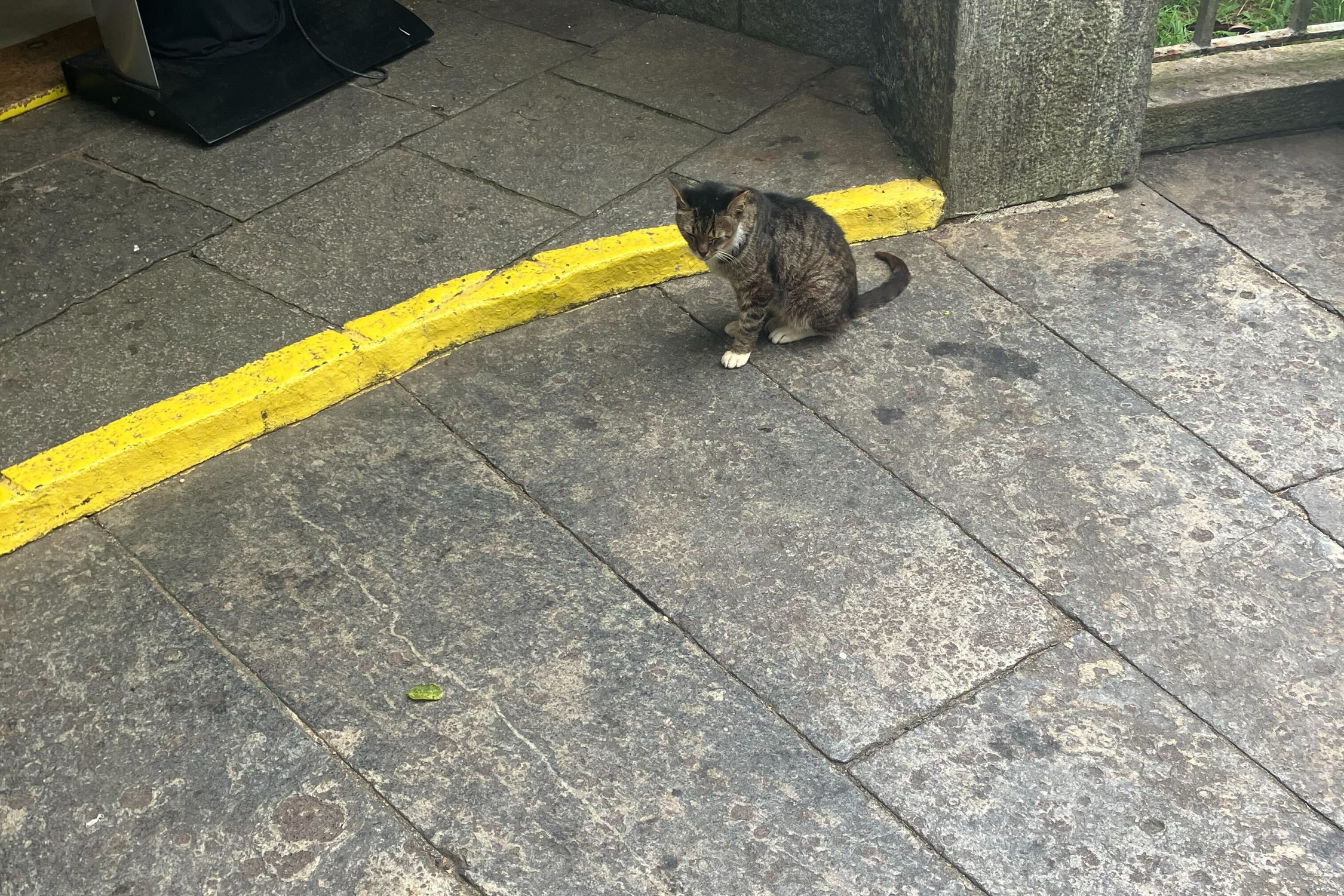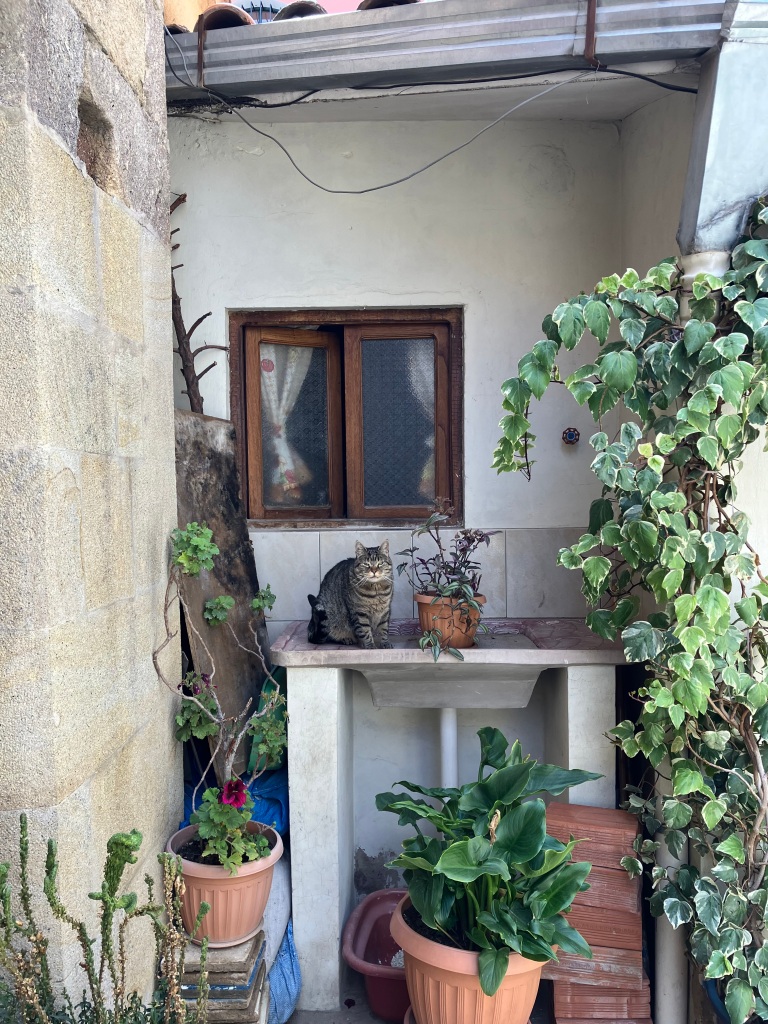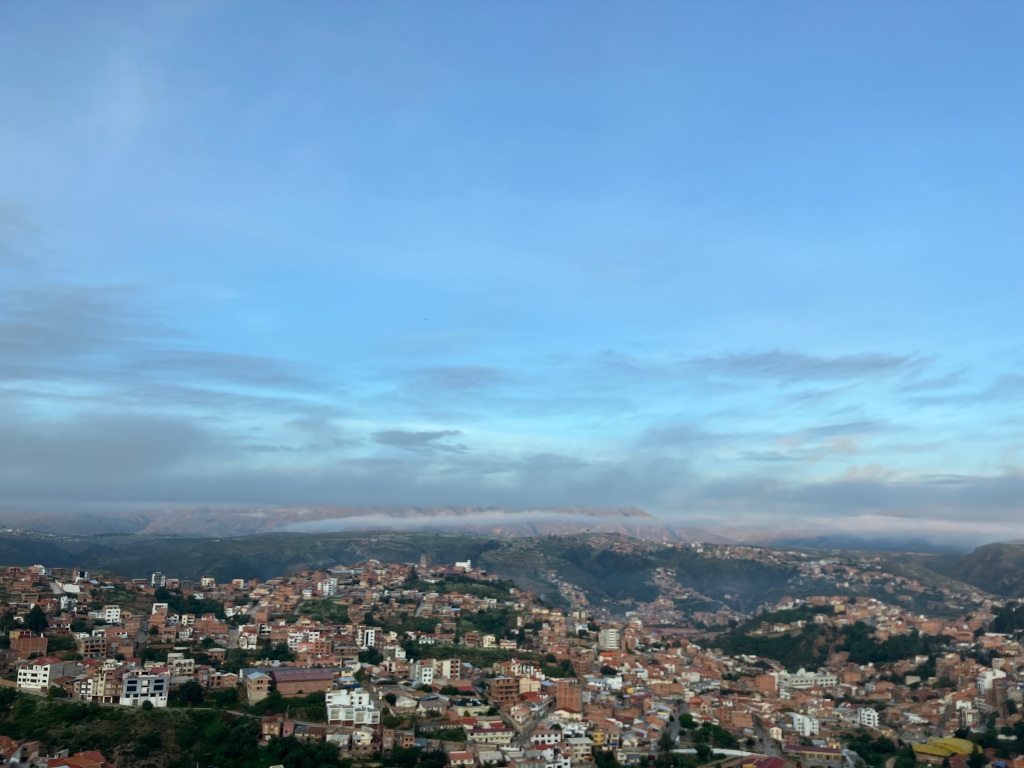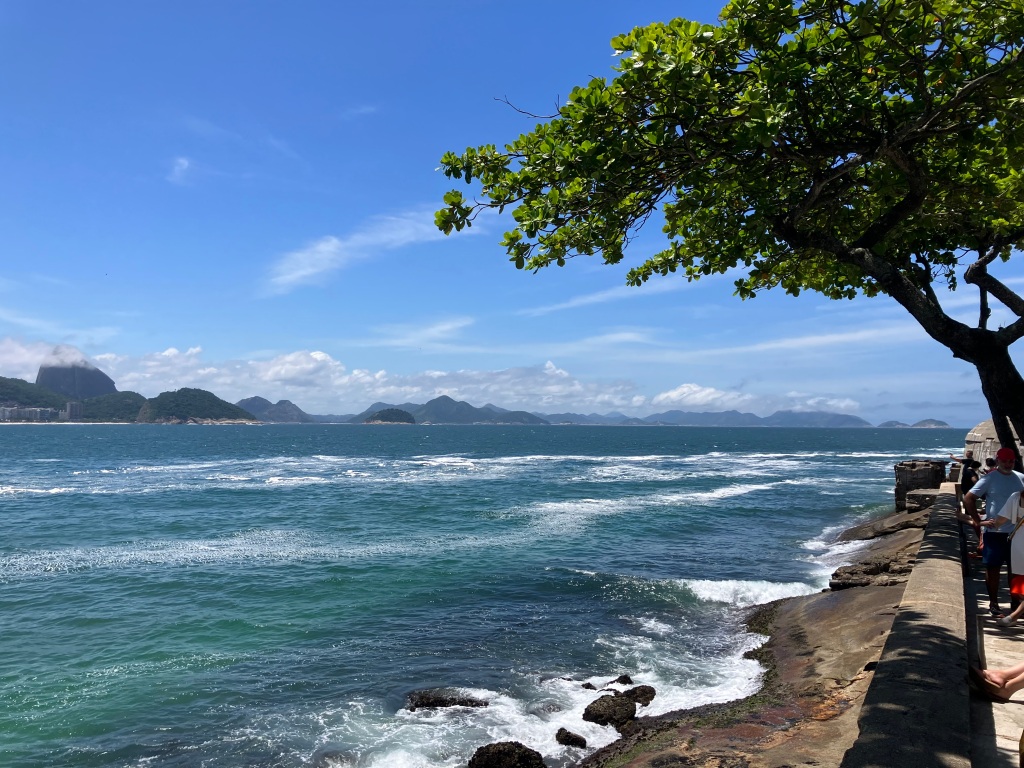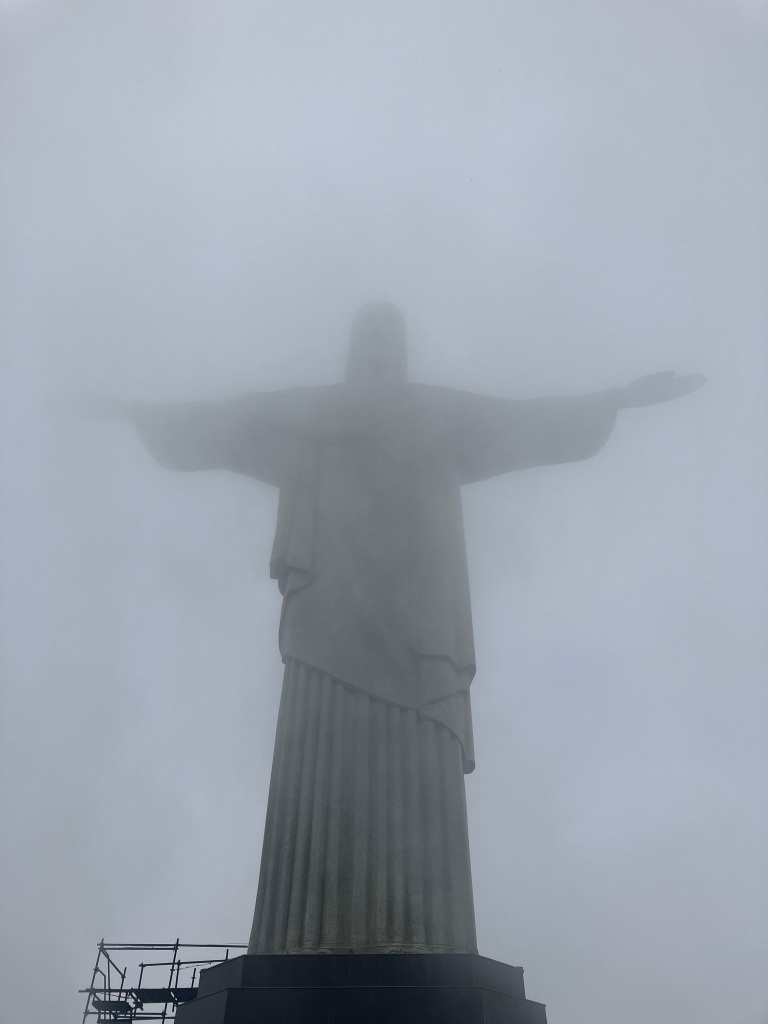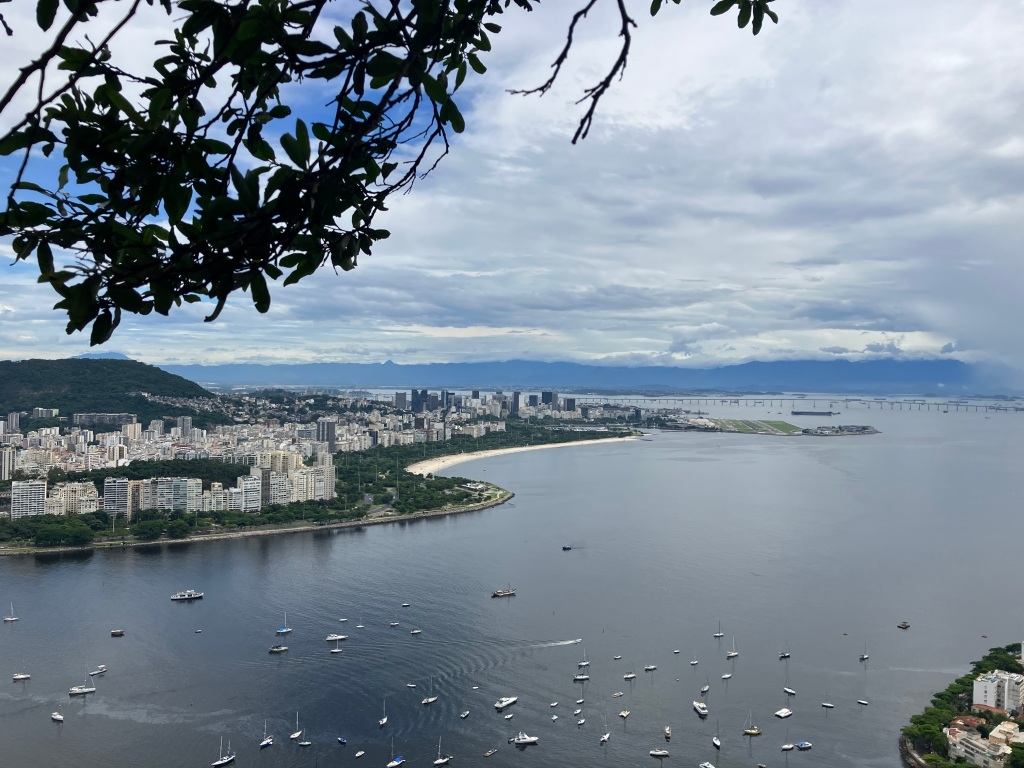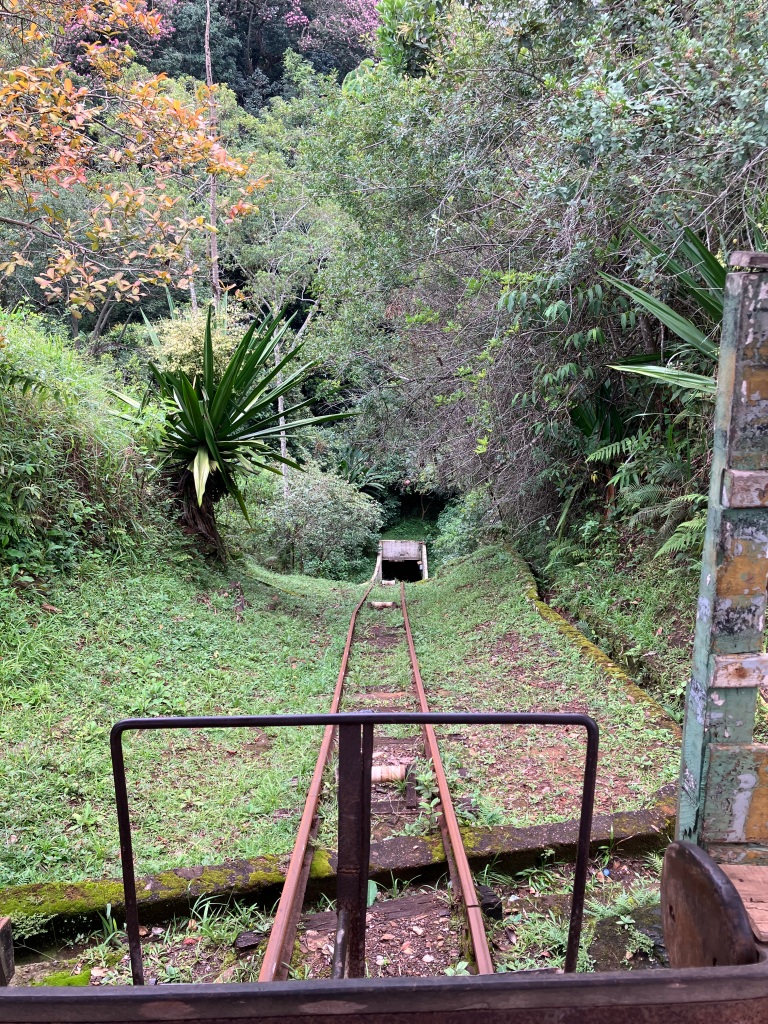My tour of the salt flats ended at around 6 pm and I headed to the Uyuni bus station to go to Oruro. I had heard about this city from one of my colleagues, who had lived there for several years, who encouraged me to go there, specifically because of my interest in religious rituals and mining. Oruro is primarily known for its Carnaval and it was “kind of boring” according to fellow travelers.

The appropriate activity for Holy Week (the week before Easter) in many countries I have visited in Latin America is to go to the beach, but Bolivia has no beach, so I stayed in the mountains. Incidentally, I was in Uyuni while Bolivia was celebrating the Bolivian day of the sea, which commemorates military losses and loss of ports to Chile.
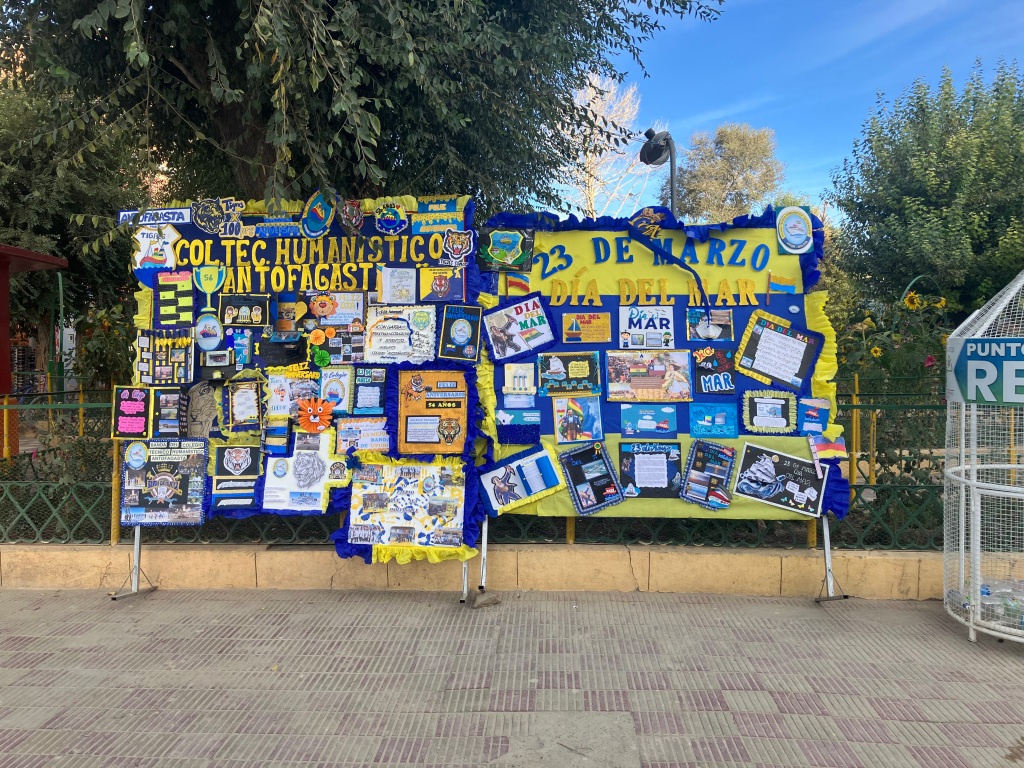
I arrived quite late and checked in to my hotel, named after la Virgen del Socavón (Our Lady of the Mine Entrance), which I had picked specifically because of the name. While it would have been interesting to visit Oruro during the miner’s Carnaval and festival to la Virgen del Socavón that takes place two weeks prior to Carnaval, or Carnaval itself, I was in Brazil and don’t have regrets about that.
On my second day in Oruro, I took care of some life administration like acquiring another month of data from Entel – Bolivian telecommunications company who I bought my SIM card from, and attempted to figure out my immigration status. According to some websites I had read, Canadians did not require visas for 90 day stays in Bolivia but did need a stamp to renew their presence in the country every thirty days. While I, as a person, do not believe in borders and think that people should be allowed to live where they choose, I, as a person, am not interested in breaking immigration laws of countries I would like to visit more than once (or even countries I’d like to visit once, honestly). I had gone to the migration office in Uyuni and was told that I did not need a stamp in my passport, but the man also didn’t seem to be able to use a computer so I decided I should go somewhere else for a second opinion. The second opinion confirmed that I did not need a stamp in my passport, and the office seemed much better staffed, and all the staff seemed to be able to use computers, which reassured me. There was also no line for foreigners – only Bolivians – which was problematic and very much in keeping with other experiences I’ve had in Latin America. I left and decided that someone would figure out my immigration situation at the airport when I left the country.
I checked into my airbnb – although I only planned to stay in Oruro for six more days, one of those days was Good Friday and one of those days was Easter Sunday, and I wanted to be in a place where I would be able to cook food in case most restaurants were closed those days. I was right in the city centre, which was great, and the internet only kind of worked very near the router, which was less great. The Airbnb also had carpets, which meant that it was much warmer than the train car I stayed in in Uyuni and the airbnb I stayed in in Potosí.
I visited several interesting sites, one of which was mining magnate Simón Patiño‘s Oruro home. He was the subject of very heavy books I bought on the last day I was in Sucre, and as an incredibly wealthy man, he had more than one home, several of which are now museums.
Although the tour of the museum focused on the architecture and furniture, which were less interesting to me, there were some really cool parts as well.
I saw a statue of the boy who discovered the tin that Patiño’s company would eventually mine – and the remnants of offerings to this statue from the beginning of Lent. According to my guide’s use of a nickname that I’m not going to be repeating the boy was likely Black. This would make sense given that the Spanish empire enslaved Africans in their mines, regardless of what all my tours told me about Black people dying in Bolivian mines, and today, that all Afro-Bolivians live in Bolivia’s lowlands.
I also saw the Patiño family’s private chapel, which included memorials to the Patiño family and to employees of the Universidad Técnica de Oruro, which runs the museum.

I saw camping equipment that Patiño (or more likely his employees) used to travel from cities like Oruro to his mines, and realized that camping is dodgy not just for its connections to white supremacy and military technology but also because of its connection to primarily resource extraction.

After my visit, I saw some books on display, and tried to buy them, only to be directed to the author of some other books, so I bought those instead. The person who held the key to the cabinet with the books I was very interested in was “going to come back soon” but I never made it back to the museum – there were too many other interesting things to do.


